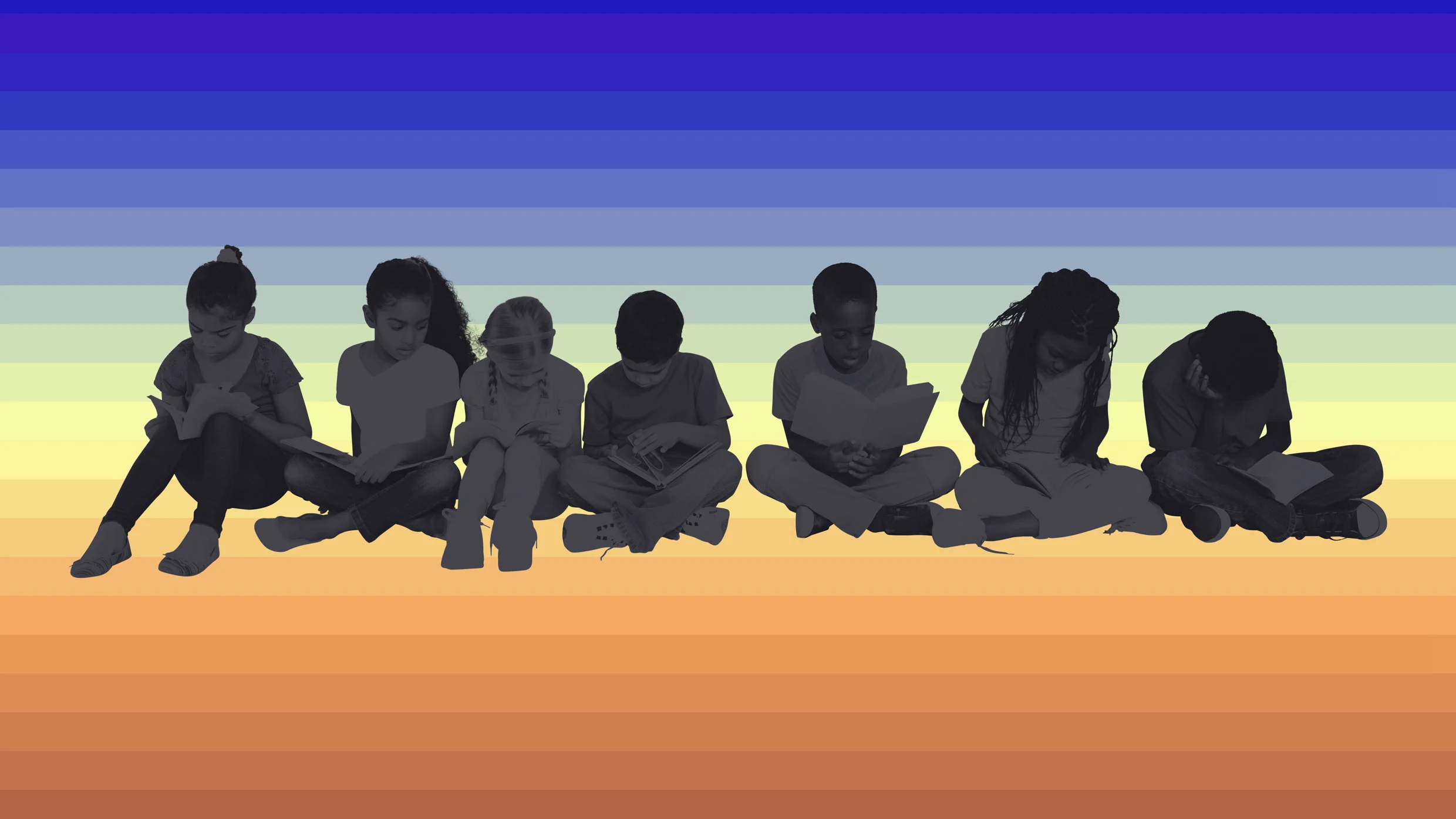
"A quarter-century ago, David Saylor shepherded the epic Harry Potter fantasy series onto U.S. bookshelves. As creative director of children's publisher Scholastic, he helped design and execute the American editions of the first three novels in the late 1990s. But when the manuscript for J.K. Rowling's fourth book landed on his desk, Saylor sat up straight: It was huge. Bigger, more complex and narratively intricate than virtually any storybook ever aimed at children."
"Bound and shipped, Harry Potter and the Goblet of Fire clocked in at a formidable 734 pages-2.5 pounds. It was, of course, another in a series of massive hits that collectively spent a decade atop The New York Times Bestseller List, ensnaring both children and adults, including most of Saylor's friends. He jokes that until the advent of Potter, "mostly no one cared that I worked in children's books.""
"By the time Potter arrived, Saylor had lived through waves of predictions about the next extinction-level event to doom his industry. First it was TV, then video games. Before that it was radio and comic books, once derisively called " the ten-cent plague." "I'm only slightly jaded by these reports," said Saylor, 65, "only because people are always predicting that kids are going to stop reading, and that the end of publishing is near.""
David Saylor, creative director at Scholastic, helped design American editions of the first three Harry Potter novels and confronted major production challenges when the fourth manuscript arrived. The Goblet of Fire totaled 734 pages and weighed 2.5 pounds, requiring decisions about typesetting, printing millions of copies and securing enough paper. The Potter series became a decade-long bestseller embraced by children and adults alike. The books function as evidence that young readers persisted despite repeated predictions that new media—television, video games, radio and comic books—would end traditional publishing. Saylor says he is only slightly jaded by such forecasts, though current concern feels different.
Read at Fast Company
Unable to calculate read time
Collection
[
|
...
]